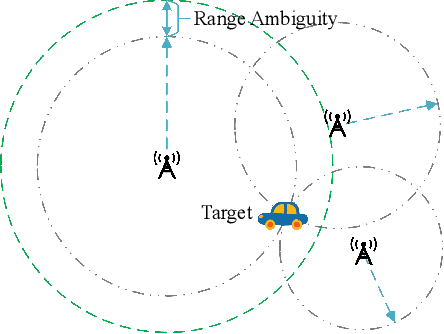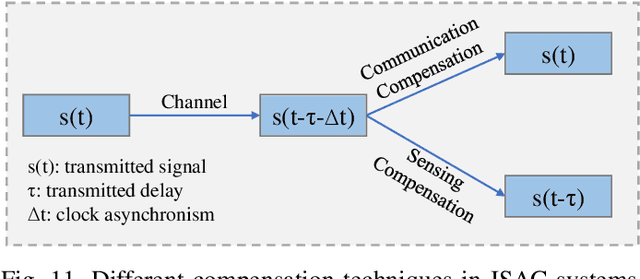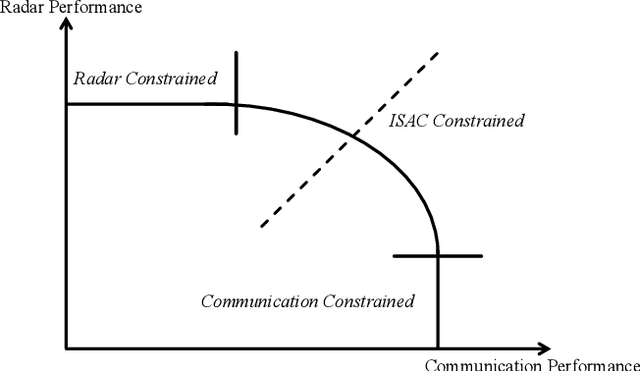Yuxiang Dong
Integrated Sensing and Communications: Recent Advances and Ten Open Challenges
Apr 29, 2023



Abstract:It is anticipated that integrated sensing and communications (ISAC) would be one of the key enablers of next-generation wireless networks (such as beyond 5G (B5G) and 6G) for supporting a variety of emerging applications. In this paper, we provide a comprehensive review of the recent advances in ISAC systems, with a particular focus on their foundations, system design, networking aspects and ISAC applications. Furthermore, we discuss the corresponding open questions of the above that emerged in each issue. Hence, we commence with the information theory of sensing and communications (S$\&$C), followed by the information-theoretic limits of ISAC systems by shedding light on the fundamental performance metrics. Next, we discuss their clock synchronization and phase offset problems, the associated Pareto-optimal signaling strategies, as well as the associated super-resolution ISAC system design. Moreover, we envision that ISAC ushers in a paradigm shift for the future cellular networks relying on network sensing, transforming the classic cellular architecture, cross-layer resource management methods, and transmission protocols. In ISAC applications, we further highlight the security and privacy issues of wireless sensing. Finally, we close by studying the recent advances in a representative ISAC use case, namely the multi-object multi-task (MOMT) recognition problem using wireless signals.
Joint Receiver Design for Integrated Sensing and Communications: Is SIC Optimal?
Nov 10, 2022Abstract:In this letter, we investigate the joint receiver design for integrated sensing and communication (ISAC) systems, where the communication signal and the target echo signal are simultaneously received and processed to achieve a balanced performance between both functionalities. In particular, we proposed two design schemes to solve the joint sensing and communication problem of receive signal processing. The first is based on maximum likelihood (ML) detection and successive interference cancellation (SIC), and the other formulates a minimum mean squared error (MMSE) estimator for target estimation. We show that with the structural information of the communication signal taken into account, the second approach outperforms the SIC method. Numerical results are provided to validate the effectiveness of the proposed optimal designs.
 Add to Chrome
Add to Chrome Add to Firefox
Add to Firefox Add to Edge
Add to Edge